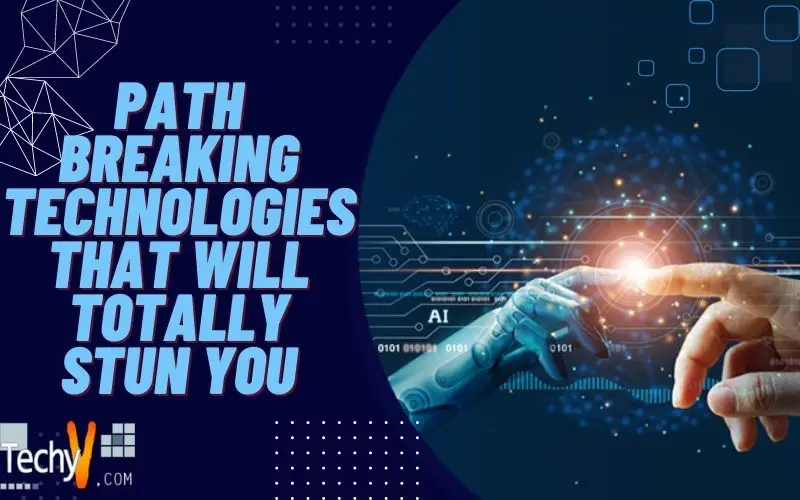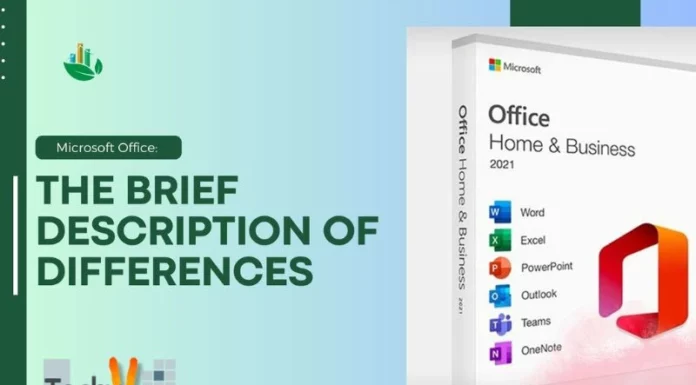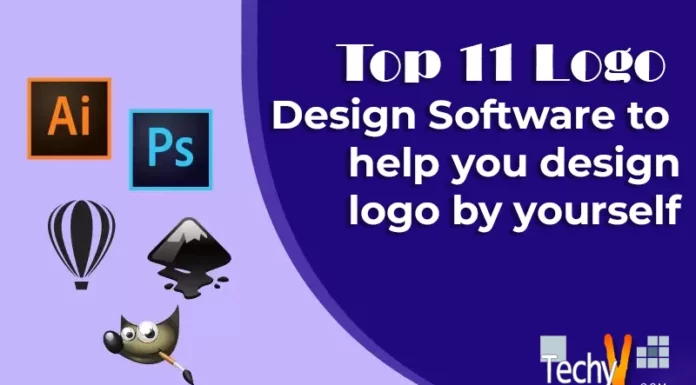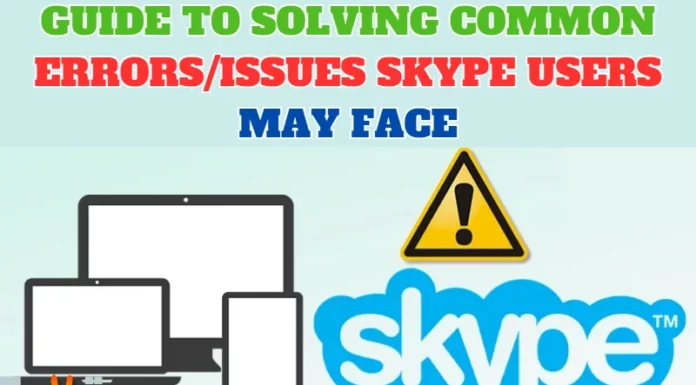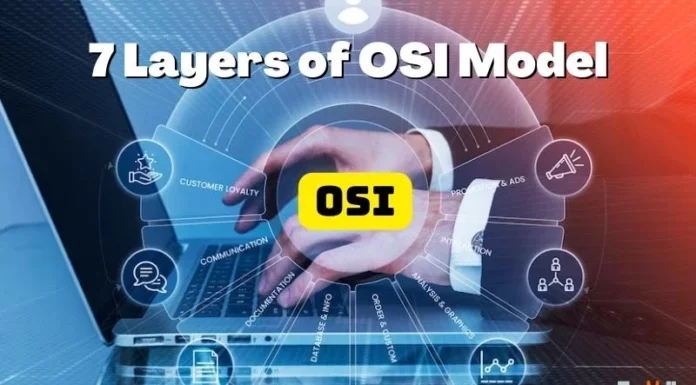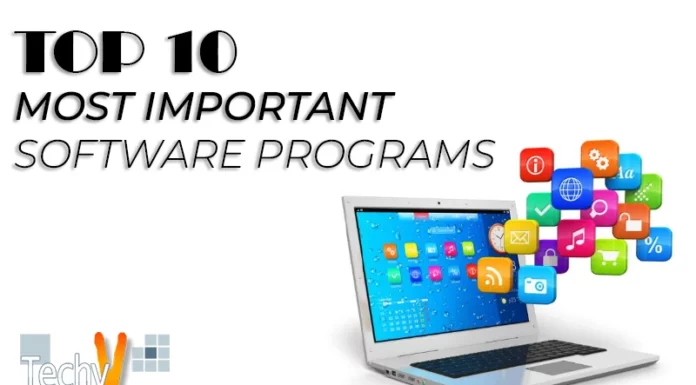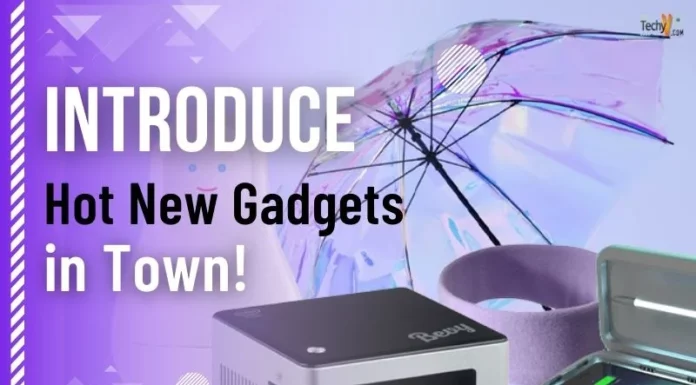Capture Some And Regenerate A New Power From Air:
The researcher of the University of Washington – ShyamNath GolLakota and his co-worker Joshua Smith says that we get free communication. According to them, a technique called backscattering can enable internet gadget to need to power itself, which means the wireless transmission of power. A gadget by using this technique can absorb some energy from the signal and can modify to power its circuit. This same technology is also utilised in RFID chip used in mass transit for contactless smart cards that require a specialized reader device. This device presents interference that reflects weak signal and can be communicated within few inch. Nearby radio signal for example Wi-Fi is repurposed by the wireless gadgets to generate power for themselves and facilitate communication. This helps in overcoming the constraint of carrying power cord and batteries for internet connected devices.
SLACK:
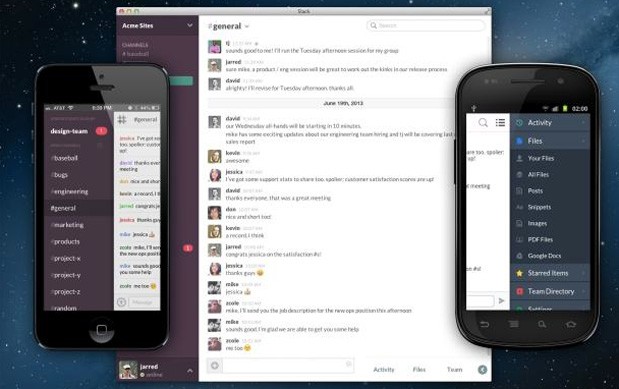
SLACK is an intra-office messaging software registers a user base 2 million per day since its launch in 2013. It is one of the fast growing and popular workplace software around the world. It creates a centralized place through instant messaging and in chat rooms to facilitate communication with your colleagues. It takes an edge over the traditional email system and allows a comfortable and interactive communication. You can upload any file, download and manipulate information stored in the form of a spreadsheet or any business application and can even search the past conservation easily irrespective of whether you are working on a mobile device or a desktop. This is a successful line in today’s trend where more and more people are working through mobile phones thus workplace can be anywhere anytime. It helps to be in touch and stay connected with people who are not available in the office at the time.
Robots That Teach One Another:

How about robots can learn, figure out things, and share knowledge among them. According to a professor of Computer Science from Stefanie Tellex at Brown University to perform the same type of routine work, the Robots need to get the realm of data on how to grasp and manipulate objects. A Theory “million objects challenge” was formulated by Tellex, the motive being to make and enable research robots across the globe to learn how to handle and spot a simple item like spoons to bowl etc., upload it to the cloud and allow another robot to utilise and analyse the information.
Tesla autopilot:
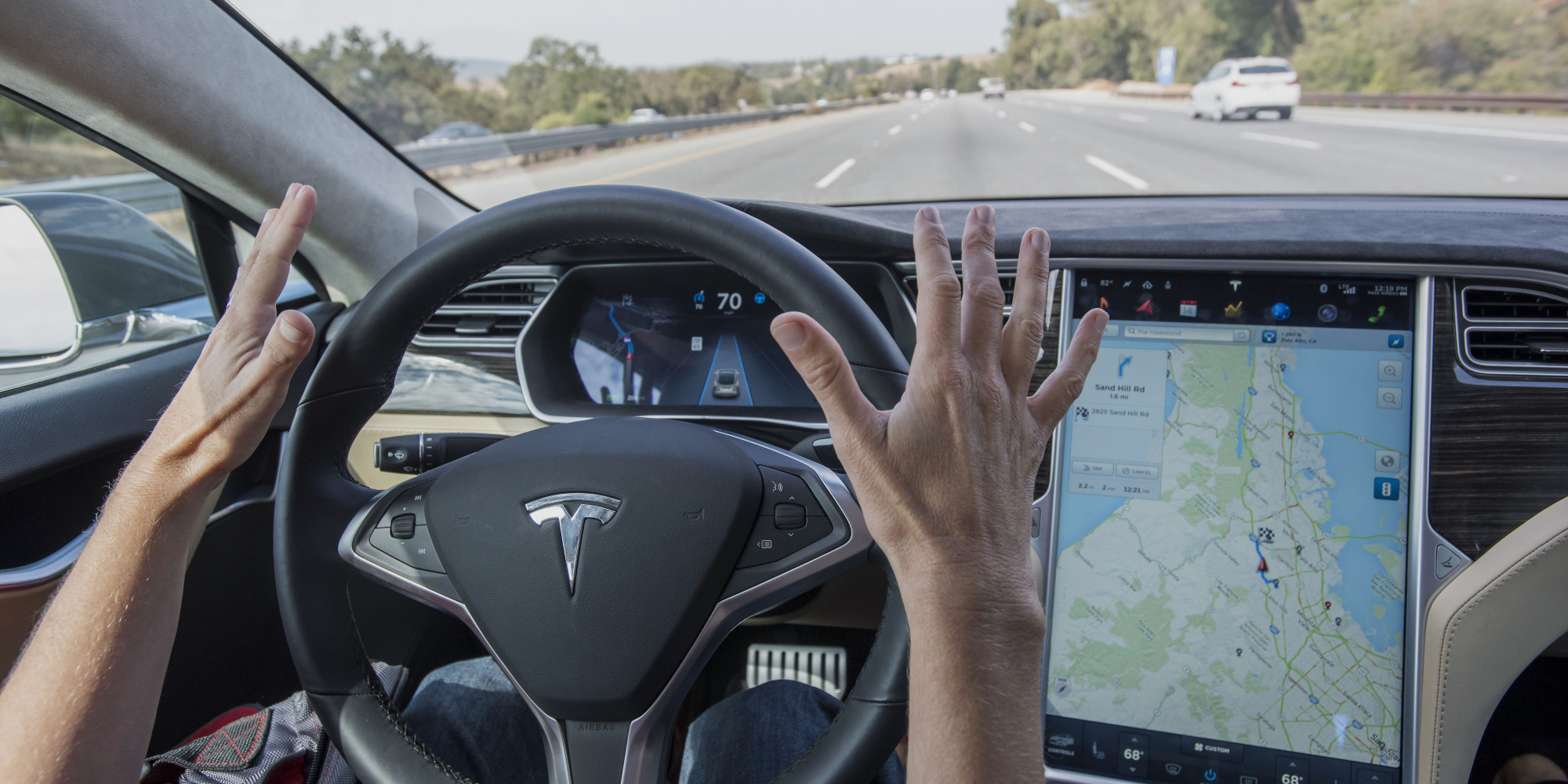
In October 2014, the electric car company of Elon Musk rolled out sedans that have twelve ultrasonic sensors placed around bumpers and sides. With an additional cost of $4250, Tesla customer can buy a ”technology package” that uses this sensor, camera, a front radar as well as digitally controlled brakes that allows the car to take control and avoid the collision. In October 2014, the company set a software update to 60,000 sensors electric car sold. It was officially named as Tesla version 7.0 aka Autopilot.
Conversational Interface:
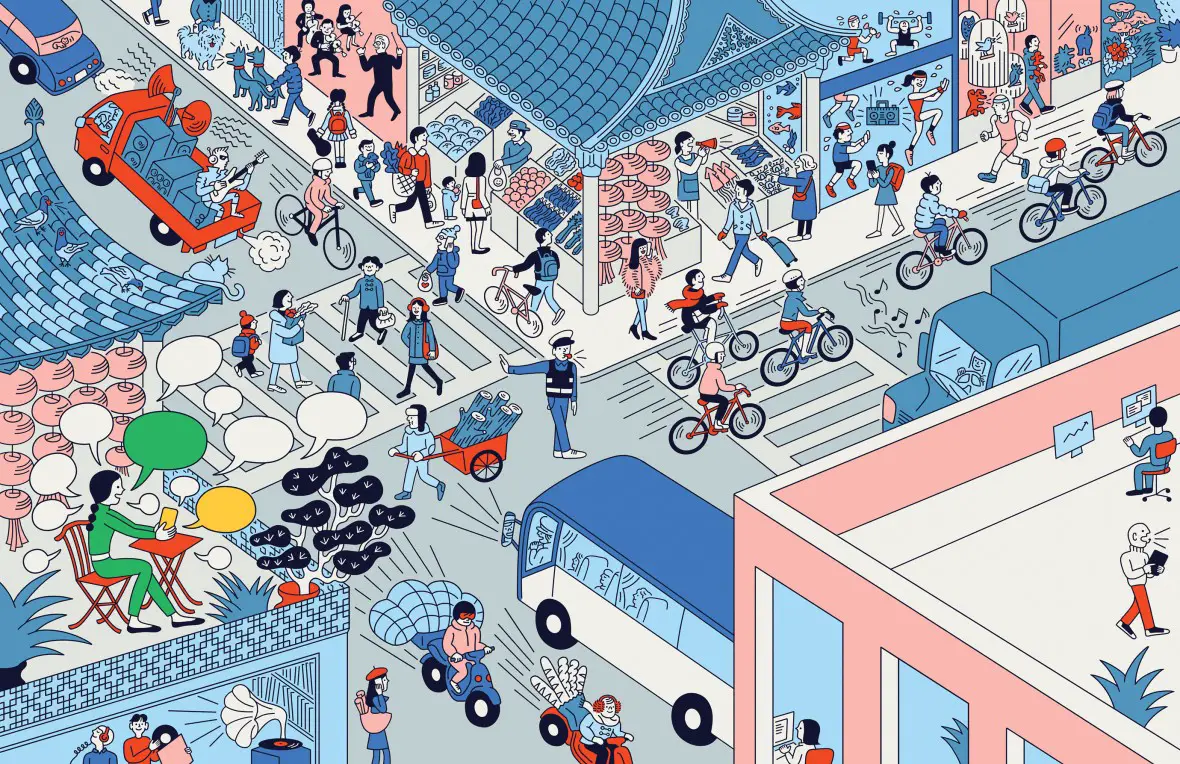
Baidu, most popular search engine of China has made 690 million plus smartphones that provides way for the user to make use of the keypads, touch, and taps and use its advanced speech technology. We will find several people with the latest smartphones are using this technology even in the busiest street of Beijing. It makes voice interface more practical, useful and reliable. Speech approach is easy that we hardly think about using it. It makes communication easy even with the machine around us. The tiny touch pads hardly designed in Chinese characters, so it’s a big thumps up for Chinese community.
With less language knowledge, a person can communicate using voice recognition technology that requires only the need to speak with a correct pronunciation. Communication is so seamless that it works in noisy place, irrespective of the place where you are. There are other technologies like apple’s site, amazon’s Alexa etc. It is imperfect sometime due to misinterpret communication but is improving steadily. Voice recognition offers a glance about future that requires less knowledge about a new interface for every device.



